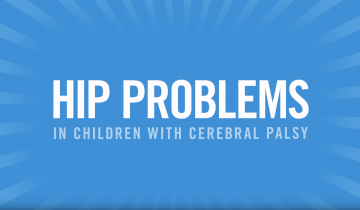The GMFCS can be a helpful tool in clinical and research use and has been shown to be stable and accurate over time. It can also help individuals and families better understand cerebral palsy.
It’s SMART to think about what you might want to discuss at your next doctor’s appointment. Here are some suggestions
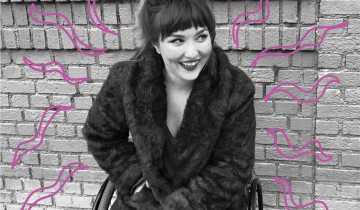
Our educational series kicked off with a panel of experts from the Weinberg Family CP Center at Columbia University Irving Medical Center in New York City on Thursday, November 5th, 2020 at 6:30pm ET. This virtual event featured a multi-disciplinary panel discussion with Weinberg Family CP Center clinicians and researchers.
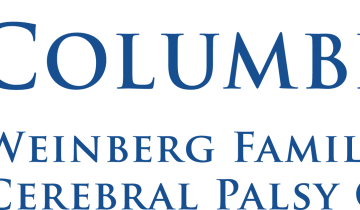
This fact sheet is a sexual and reproductive health guideline for providers treating young women with cerebral palsy.
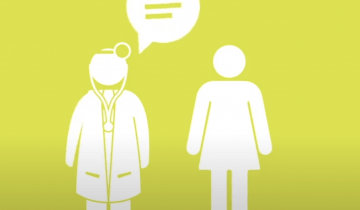
When it comes to preparing your child for Botulinum Toxin injections, the first most important thing to remember is to know your child.

It’s SMART to think about what you might want to discuss at your next doctor’s appointment. Here are some suggestions
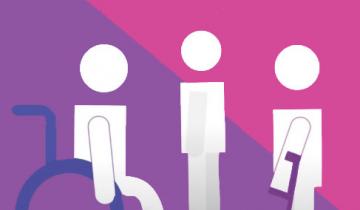
Cerebral Palsy affects body movement, muscle control, muscle coordination, muscle tone, reflex, posture and balance. Depending on the part of the brain that is injured depends on how someone’s muscle tone will be effected. For people with spastic CP they have increased muscle tone because of the part of the brain that's injured. If causes very tight muscles which in turn effects the movement of the joints and of the limbs. For others who have dyskinetic CP they lose the ability to have voluntary control over their muscles, and they can have jerky and uncontrolled movement patterns.

If your child has cerebral palsy, there's a good chance that he or she will have a hip x-ray at some point or they may even require regular hip x-rays. It is important for you to understand the different components of a hip x-ray. Your doctor will be looking at the hip joint itself as well how well the bones are growing.

In general, children with cerebral palsy will have stiffness around the hips and they tend to develop atypical hip positioning as a result of their spasticity. They will develop hip flexion contractures, abduction contractures, and they will have difficulty with seating as well as bathing and hygiene.
